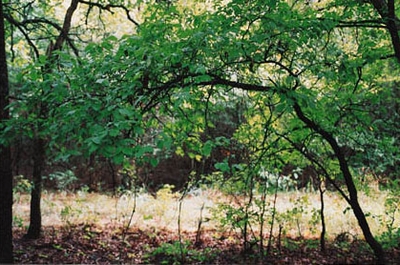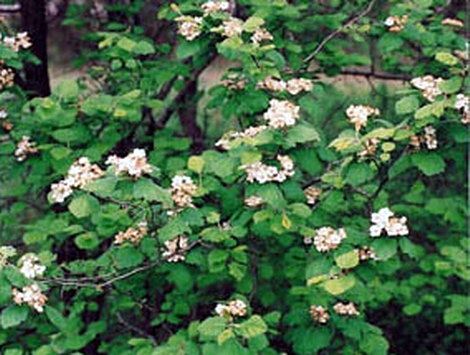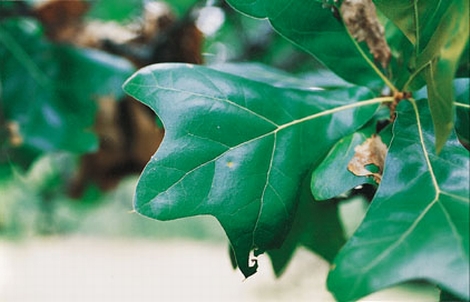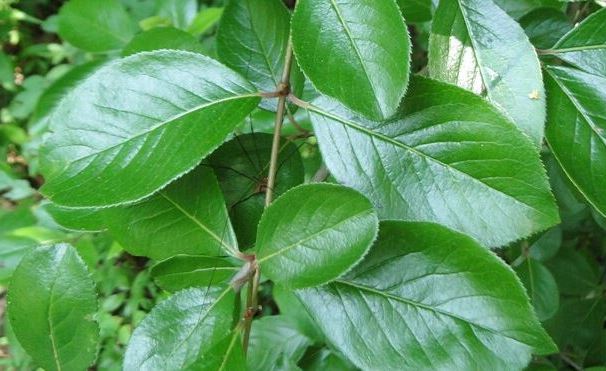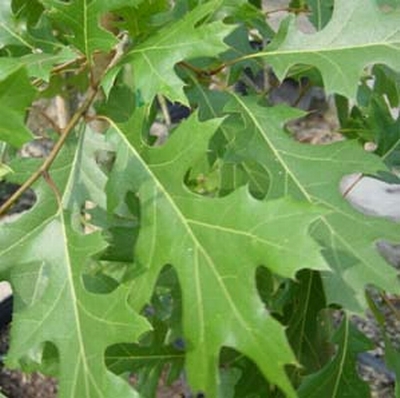
Deer Food: Texas oak (Quercus texana)
Class: browse; highly preferred by deer
Description: Texas oak is type of red oak and typically a medium to small tree that rarely grows over 75-feet in height. It usually grows about 30 to 50-feet with spreading branches. Texas oak is found on alkaline limestone and neutral to slightly acid gravels and sands.
There are hybrids of Texas oak and Shumard Red Oak (Quercus shumardii). Texas oak is smaller, more often multi-trunked, and more drought tolerant than Shumard oak. The foliage of each turns bright shades of vivid red and orange in autumn. The leaves of both trees are relished by white-tailed deer and receive heavy browsing pressure where these species are found. In areas with an abundance of deer, seedlings are unable to grow because they are eaten immediately.
The bark is dark gray to black with platelike scales, although sometimes it is light gray and smooth.
Texas oak Photos:



